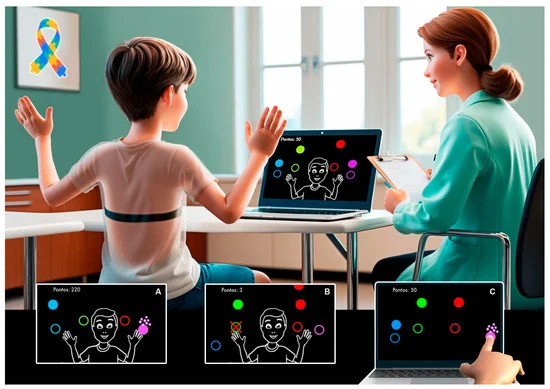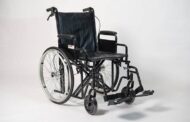By Melissa Bittner,
PhD, CSU, Long Beach; Bo Fu, PhD, CSU, Long Beach; Amanda Young, PhD CSU, Long Beach; Andrew Bae, MS, CSU, Long Beach
Background: Being overweight or obese presents numerous health risks that may affect one’s quality of life, which include mobility issues, diabetes, hypertension, and a reduced life span. It is generally accepted that motor and physical activity can have an array of positive effects for autistic individuals (Lang et al., 2020). While specialized exercise technologies (e.g., exergaming, tablet technology) have provided some solutions for autistic individuals, there is a lack of research in providing exercise technology that specifically considers their needs.
Purpose: This presentation will detail a tablet application which aims to engage autistic young adults to exercise at higher intensities.
Methods: Purposive sampling was used to recruit 20 autistic individuals from a Southern California Transition school between the age of 18 and 21 and 20 typically developing peers. Two trials were conducted with participants exercising on stationary bicycles for a targeted duration at 20 minutes. Participants were randomly selected to use the Heart Zone application or control (no visuals). In the second trial, protocol was reversed. A dependent t-test was used to assess peak and average heart rate of participants using the Heart Zone application compared to the control. Eye gaze was also tracked to determine what participants viewed while using the tablet application.

Results: Participants (n = 20 typically developing and n = 20 autistic young adults) had significantly higher heart rate when using the application compared to control session (p = .04). Results showed that the application helped 83% of participants achieve higher heart rates, 66.6% to maintain heart rates at or above 90 beats per minute (BPM), and 27.7% to re-engage and achieve heart rates at or above 90 BPM after dropping below that threshold. After the application’s music functionality was triggered for the first time per user (by reaching minimum thresholds), 66.6% of these participants were able to maintain heart rates at or above 90 BPM for the entire remaining period of their exercise sessions while another 27.7% of participants stayed mostly at or above 90 BPM with few fluctuations below this benchmark. Furthermore, eye tracking analyses indicate that those individuals who achieved higher heart rates have employed a more focused gaze patterns with less distributed fixations in their visual searches, as well as greater efforts in scanning various cues in the given visual scene (r = .44; p > .05).
Discussion: These findings suggest that visual interaction with the App may have contributed to elevated performance in the experiment.


























